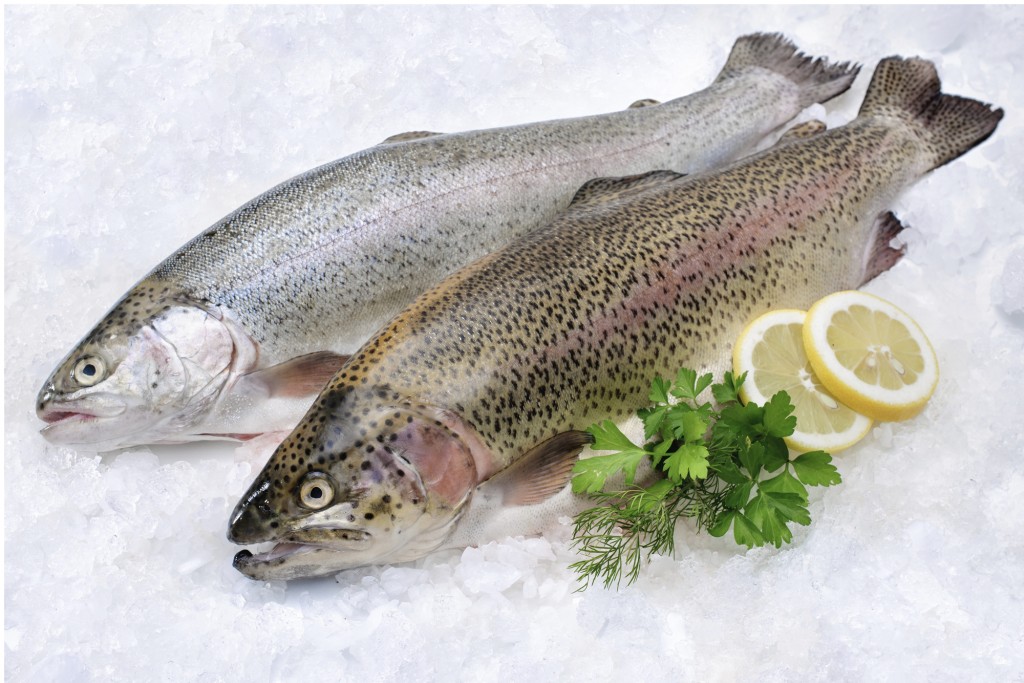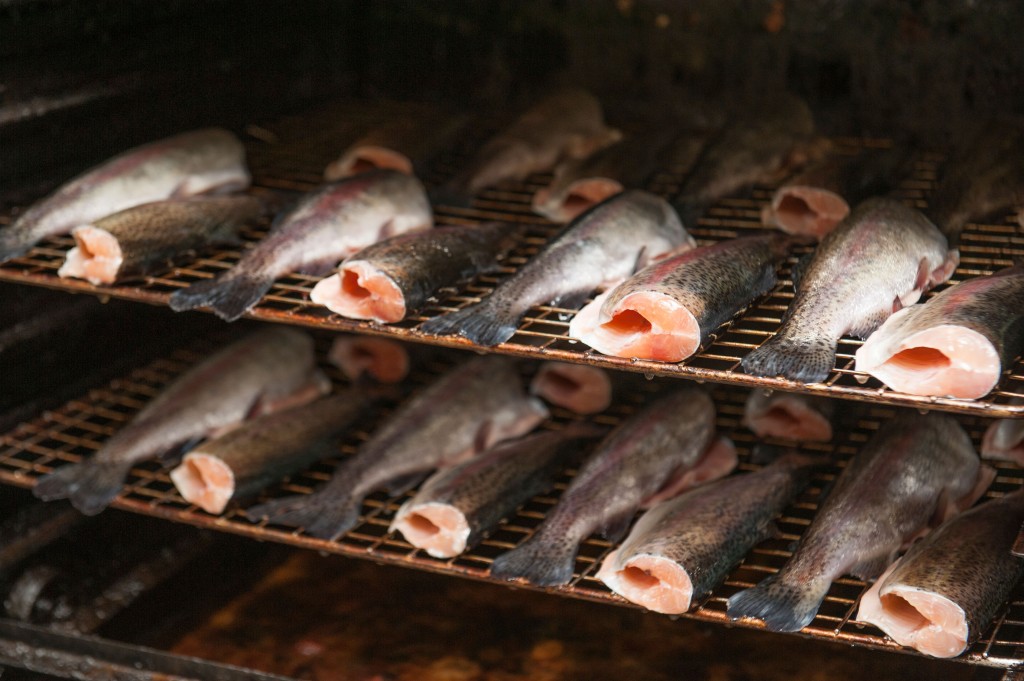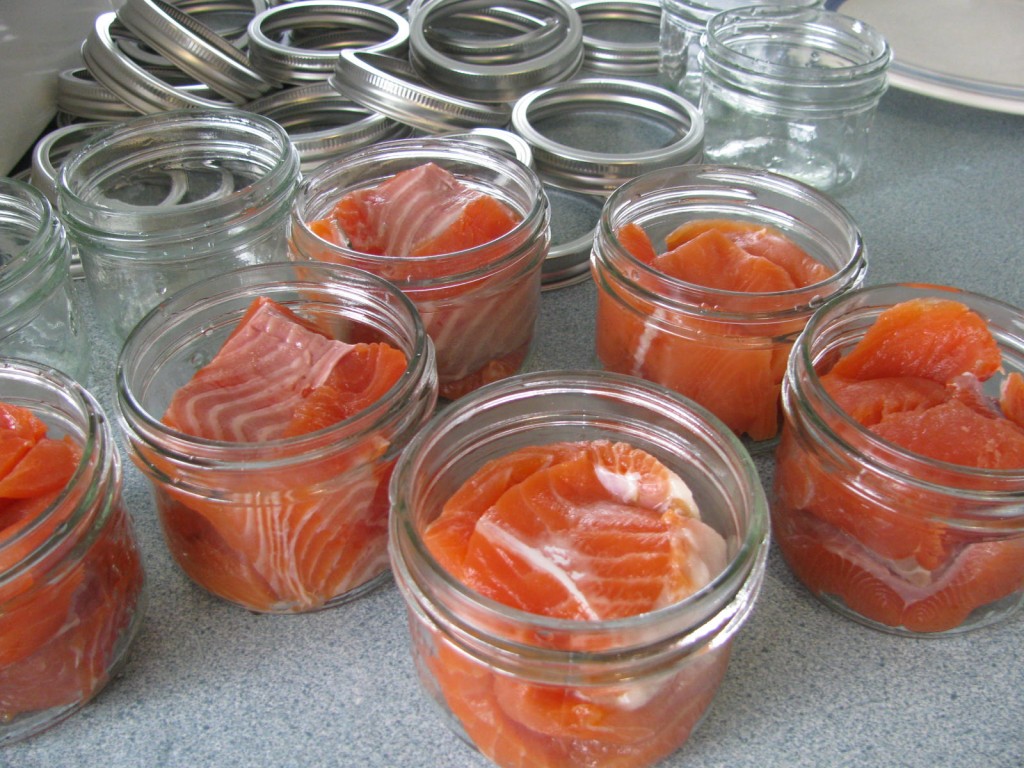Fish and Long-Term Food Storage

There are a number of important factors to consider when it comes to long-term fish storage. Fish are susceptible to dangerous bacterial growth if not prepared properly, and the best way offset this potential risk is to clean, cook and consume them as quickly as possible. Most products that you purchase from the local grocery store have a very short shelf-life unless they have been vacuum-sealed, treated with chemicals and frozen. It’s important to avoid being lulled into a sense of security because of the availability of all of these products. Let’s take a look at what works and what doesn’t in terms of storing fish.

Smoking
Smoking fish enhances flavor and can extend shelf-life to a certain degree, however it is not recommended as a storage method. It takes a long time to remove the moisture content from fish, and the process of smoking for long-term storage can take longer than a year. However, properly smoking fish and using an appropriate amount of salt during the curing process can keep items fresh for a week or more. The trick is to find that right balance, and it will vary from fish to fish.
Canning
Certain types of fish can be canned and stored, and the best choices are fatty fish with the exception of tuna. The most popular and abundant options are salmon, trout and mackerel. However, the process is a little bit different when compared to canning other foods. First, you don’t need to add any liquid. Second, the fish must be prepared in a particular manner before processing.
The first step is to place caught fish on ice and begin to process them within a couple of hours. Remove the head, fins, scales and tail. Thoroughly wash the fish in order to drain all of the blood and discard the entrails. Leave the skin on the fish and cut the flesh into 3 ½ inch strips. It is also recommended that you only use pint jars for canning. Fill the jars with the strips and place the meat with the skin side facing out. Add a teaspoon of salt and process for 100 minutes at pressures that range from 10-15 PSI depending on altitude. Canned fish can last for years if the seal is secure, and the best way to tell if it is fresh is by looking and smelling the product.
Refrigeration and Freezing
Most cooked fish will last up to around four days in the refrigerator whereas fresh fish will start to spoil within 48 hours. You can place smoked fish in a vacuum-sealed bag and refrigerate it for about two weeks. Freezing fish will extend the shelf-life up to a few months in many cases, but it is important to properly package the fish beforehand. You can fillet and then store the fish in vacuum-packed freezer bags or you can also glaze the whole fish without vacuum-sealing. Glazing is simply the act of dunking the fish into water and allowing it to freeze before repeating the process until at least a ¼ inch thick coating of ice forms. This will create a barrier that will prevent air from coming into contact with the fish which extends its shelf life.
Remember that fish is best when it is cooked and consumed within hours of catching unless you plan on freezing or canning the meat. Do not try to smoke or salt the fish as a way to extend it’s shelf-life due to the risk of becoming ill from harmful bacteria. Follow these guidelines and make sure that you don’t consume any stored fish that smells funky or has an odd taste in order to avoid illness as well.


